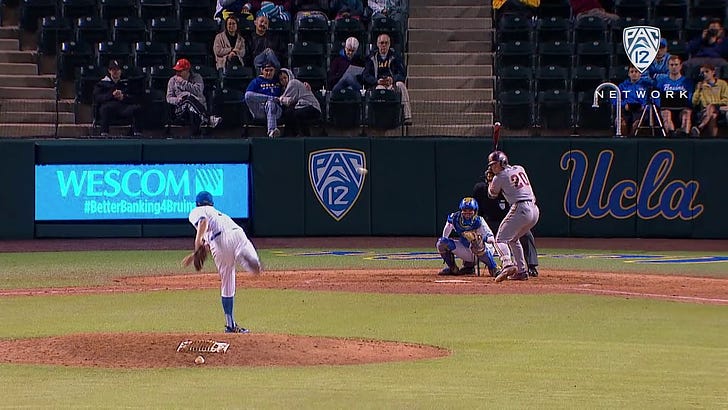The Oakland Athletics informed their minor leaguers that they would cut off their $400 per week stipend at the end of the current agreement on May 31. They won’t be the only team that does this. Several teams have also furloughed scouts and other employees that would have direct involvement in the scheduled MLB Draft.
Going unsaid is the biggest worry: the minor league season isn’t going to happen.
While we’ve seen leaks of the way MLB believes it can re-open the big leagues, there’s been barely a peep about the bus leagues, aside from the discussion of contracting both teams and whole leagues. I haven’t seen the complete plan, but no one that I know of has discussed any plan for how major league teams would have any available players beyond the 40-man roster.
Not only is the draft scheduled to be the shortest ever, but the players that are currently in systems will lose a year of games and experience. What they may not lose is a year of development. Baseball as a whole might be in a better position to deal with this circumstance than at any time in the past.
There have always been coaches, but hundreds? There have always been facilities, but a plethora of world-class indoor facilities? The technology and techniques may not be universal - far from - but we likely have more qualified coaches outside of organized baseball than at any previous time. Even certifications and training, at places like Driveline, Rapsodo, FBR, and OnBaseU, is more advanced and available than ever before.
Rather than games, players have been given a full year to get their arms, bodies, and minds in a better place. I have long advocated an experiment to teams where they would take a handful of players and see whether doing a Tommy John rehab (or similar) would put them in a better place than previously due to rest and focus without heavy workload and stress. We’re essentially doing that experiment right now, league-wide.
The downside worry is that we’re seeing a league-wide de-load.
I spoke to one MLB staffer who is responsible for monitoring athletes and he thinks this could be an amazing opportunity. “It would be better if we could have planned for this,” he explained, “but it’s not like we don’t do this. This is just the longest off-seasons ever. We can take an athlete from A to B, from B to C, but so much of this is going to be on them. How hard are they willing to work? How smart? We’re going to see some guys come back with muscle gain and a couple miles an hour. We’re going to see some guys come back soft. There’s going to be a range, but that’s going to be on them for the most part.”
Other teams that I spoke with mirrored that sentiment. There’s a bit of a worrisome tone, however. The teams are supporting their athletes, but it feels like so much of this is going to be on the athlete, especially in terms of technology. That’s not necessarily a bad thing; some of the facilities and trainers that the players are working with are better equipped than the teams.
My worry here is that we’re going to see a rapid culling. With the loss of teams, there’s also a loss of billets. Those players that don’t come back better are going to be cut. Those decisions are already being prepped and when we do see baseball come back, it will be a smaller game with bigger, stronger players.
We’ve seen the last of the grand old game. What emerges remains to be seen, but it will be different.
***
I want to thank everyone for sticking with me during this break. This isn’t what I do and I hope anyone new to this column gets that. I can’t wait to get back to writing about injuries, sports medicine, and the like. We’ll see when that is, but my hope is soon. I think there’s going to be developments in the next 48 hours that put this thing clear.




